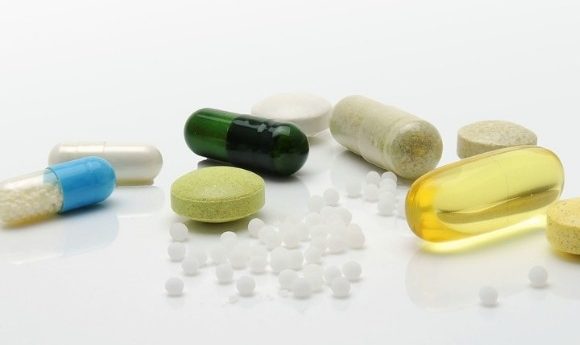“Inactive” ingredients: a dangerous misnomer?

92.8% of medications analyzed in a study of oral drugs in the USA were found to contain “inactive” ingredients that could cause adverse effects.
A team of researchers from Brigham and Women’s Hospital (MA, USA) and Massachusetts Institute of Technology (MIT; MA, USA) have found that the ingredients in medications used for purposes other than the active effect of the drug, often described as “inactive”, frequently consist of substances capable of causing an adverse reaction.
Medications often consist of ingredients that serve a purpose other than the therapeutic effect of the drug and are not intended to result in any biological consequences, such as to improve the taste, shelf-life and absorption of the therapeutic. Inspired by an incident where a Coeliac patient was prescribed a pill containing gluten, Giovanni Traverso (MIT) decided to explore these “inactive” ingredients to identify the extent of the problem. “When you’re a clinician, the last thing you want to do is prescribe a medication that could cause an adverse reaction or allergic reaction in a patient,” explained Traverso.
Teaming up with researchers across Brigham and MIT, Traverso studied data concerning the 354,597 inactive ingredients found within 42,052 oral medications . While these ingredients have been demonstrated as safe on a population level, to patients who have specific allergies or intolerances, they may prove problematic.
“When you’re a clinician, the last thing you want to do is prescribe a medication that could cause an adverse reaction or allergic reaction in a patient.”
The study highlighted 38 “inactive” ingredients that have been indicated to cause adverse effects after oral exposure. Of the medications analyzed, 92.8% contained one or more of these ingredients. Particularly high in prevalence were Lactose at 45% and food dye at 33%. Perhaps more worryingly, 0.08% contained peanut oil, a common allergen, and for drugs like progesterone, there are strikingly few alternatives without it.
The authors of the study highlight that it is unclear at what abundance each of these ingredients could cause a reaction even in patients sensitive to them as they are present in such low concentrations. However, this clearly exposes an area that warrants further study.
“While we call these ingredients ‘inactive,’ in many cases, they are not. While the doses may be low, we don’t know what the threshold is for individuals to react in the majority of instances. This pushes us to think about precision care and about the role for regulation and legislation when it comes to labeling medications that contain an ingredient that may cause an adverse reaction,” concluded Traverso



